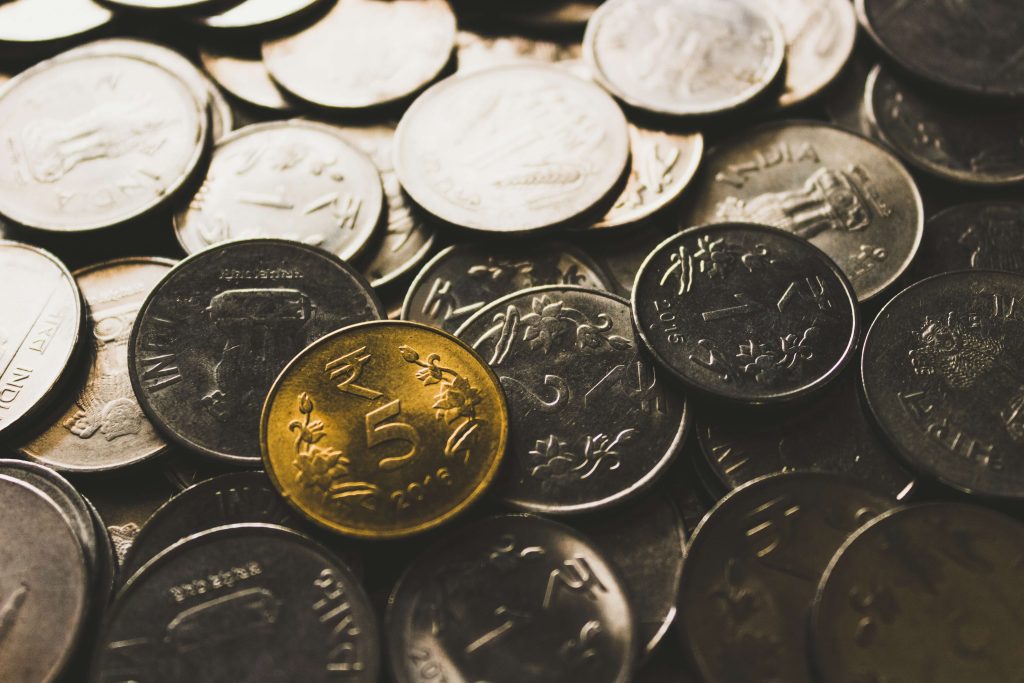
Before we explain what currency pegging is, we would like to give you the context of why this is important.
Lately, there has been a lot of discussion around the rupee’s poor performance against the dollar.So, naturally, one wonders if there is no way to stop this from happening. An answer to this would be a yes. How do you ask? The answer lies in understanding the exchange rate (value of one currency compared to another one) and the important part it plays in the national economy. There are two types of currency exchange rates, free-floating and fixed. You can read more about it in this Investopedia article. In this article, we’ll discuss fixed exchange rates that are pegged to the dollar and the benefits of implementing this strategy.
Key takeaways
- What is currency pegging?
- Why are currencies pegged to the US dollar?
- What are the disadvantages of pegging one currency to another?
- Why are currencies pegged to the US dollar?
- What policy does India follow?
What is currency pegging?
The literal meaning of pegging is to fix (a price, rate, or amount) at a particular level. In simple words, currency pegging is a process in which one country’s currency is pegged to another or a basket of foreign currencies at a predetermined exchange rate to maintain exchange rate stability. Countries peg to ensure their goods and services remain competitive instead of being negatively impacted by the constant fluctuation of a floating currency’s exchange rate.Why are currencies pegged to the US dollar?
“Dollar-peg” means keeping the value of a country’s currency at a constant rate of exchange with the U.S. dollar. Its currency follows the dollar’s ups and downs since its value is set by the central bank. The value of the dollar changes over time due to its fluctuating exchange rate. More than 66 nations have set their currencies to be equal to or based on the dollar. As the reserve currency of the world, the U.S. dollar is a target for peg by several countries. A contributing factor is that the dollar is the de facto international trading currency and financial transaction currency. Countries that have a large portion of their economy dependent on the financial sector often peg their currency to the US dollar. The economies of Hong Kong, Malaysia, and Singapore are all heavily dependent on international trade. Pegging their currencies to the US dollar helps these countries keep their export prices low and competitive with the US market. They want to maintain a currency value below that of the US dollar. Since their exports to the United States will now cost less due to the weaker currency, they will gain a competitive advantage.What are the disadvantages of pegging one currency to another?
- When a country decides to peg its currency to another, it opens itself up to more outside interference in its domestic affairs. This is because another country controls its monetary policy. It’s common for this to escalate into an argument.
- In a free currency market, deficits are automatically adjusted. For instance, if a country imports an excessive amount, it will incur significant costs. Because of this, deflation will set in throughout their economy. A key benefit of deflation is that it makes their exports more competitive because of lower prices.
- If a currency is pegged to another, there may be a vast gap between its true value and its market price. This is because the Central Bank actively works to artificially influence prices.